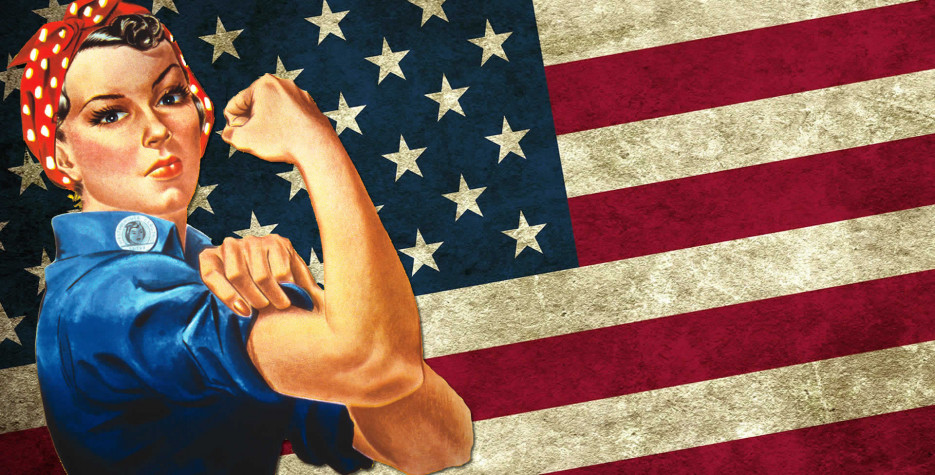About Women's History Month
National Women's History Month was established by presidential proclamation in order to draw attention to and improve the focus on women in historical studies.
National Women’s History Month traces its roots to March 8th 1857, when women from various New York City factories staged a protest over poor working conditions. The first Women's Day celebration in the United States was in 1909, also in New York City. Beginning in 1910, March 8th became annually observed as International Women's Day.
More than seven decades later, Congress in 1981 established National Women's History Week to be commemorated annually the second week of March. In 1987. Congress expanded the week to a month and every year since has passed a resolution (and the president has issued a proclamation) designating March Women’s History Month.
That is why March was chosen to be National Women's History Month in the United States, declared as such by a biennial Joint Resolution of the U.S. Congress since 1987.
The idea of creating such a celebration did not spring fully developed from the minds of its Congressional sponsors. Research to recover women's "lost" stories began on college campuses in the early 1970s. But in elementary and secondary school history textbooks, the imbalance remained glaring: women were outnumbered eleven to one.
In 1978, the founders of the National Women's History Project began asking the historical question, "But what were the women doing?" And they've been sharing the answers about women's historic and contemporary contributions with the public ever since. Teachers, librarians, workplace program planners, and others have responded enthusiastically, integrating events for National Women's History Month into their March calendars.
Women's history does not rewrite history, but it does add very different perspectives about what is historically significant. Traditionally, history has focused on political, military, and economic leaders and events. That approach has virtually excluded women, both leaders and ordinary citizens, from history books. In addition to exploring the contributions of leaders in the public sphere, women's history also examines women's activities in the private sphere, and women's experiences at the crossroads where the two spheres meet and interact.
- Did you know? The first country where women outnumbered men in parliament was Rwanda.
Similar Observances
Asian American and Pacific Islander Heritage Month
Read More
Other Observances on March 1st 2026
National Nutrition Month
Read More










